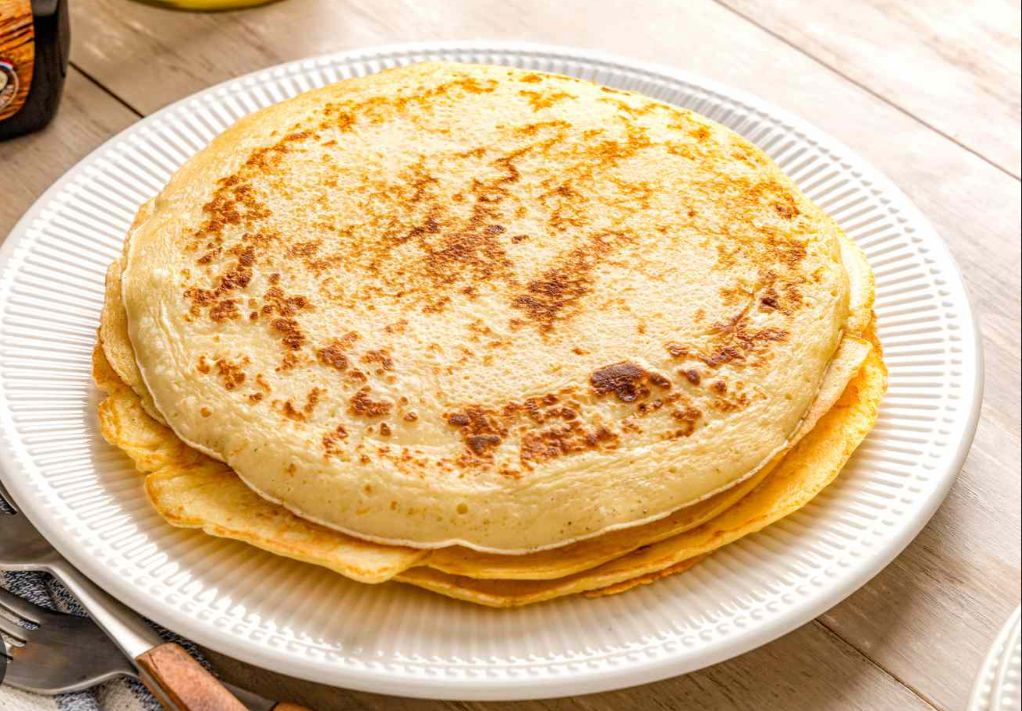
Pancakes are a beloved breakfast staple enjoyed around the world. These delightful, fluffy disks have a rich history, diverse recipes, and unique cultural variations that make them an endlessly fascinating dish.
•Origins of Pancakes
Pancakes have ancient roots, with their origins tracing back to prehistoric times. The earliest pancakes were likely made by grinding grains into flour and mixing it with water or milk before cooking it on a hot stone. Historical records from ancient Greece and Rome describe similar creations. The Greek poet Cratinus wrote about tagenias, a kind of pancake, in the 5th century BCE, and Romans enjoyed alita dolcia, a sweet pancake made from milk, flour, eggs, and spices.
In medieval Europe, pancakes were a common dish, particularly during Shrovetide, the days leading up to Lent. These pre-Lenten feasts were a time to use up rich foods like butter, eggs, and milk, making pancakes an ideal dish for the occasion.
•Pancake Varieties Around the World
•American Pancakes

American pancakes are known for their fluffiness and are typically made with a batter of flour, milk, eggs, sugar, baking powder, and butter. They are often served with maple syrup and butter, and sometimes topped with fruits, nuts, or whipped cream. Buttermilk pancakes are a popular variation, where buttermilk is used to give the pancakes a tangy flavor and extra fluffiness.
•French Crêpes

Crêpes are thin, delicate pancakes originating from France. They are made from a simple batter of flour, eggs, milk, and a pinch of salt. Crêpes can be either sweet or savory. Sweet crêpes, often filled with ingredients like Nutella, fruits, or sugar and lemon juice, are a common dessert or breakfast item. Savory crêpes, known as galettes in Brittany, are typically made with buckwheat flour and filled with ham, cheese, eggs, and vegetables.
•Dutch Pannenkoeken

Dutch pannenkoeken are larger and thinner than American pancakes but thicker than crêpes. The batter is similar to that of American pancakes but with a different ratio, sometimes including yeast for a slight rise. They can be served sweet, with powdered sugar and syrup, or savory, with ingredients like bacon, cheese, and apples cooked directly into the batter.
•Japanese Pancakes

Japan offers two distinctive types of pancakes: dorayaki and soufflé pancakes. Dorayaki consists of two small, round pancakes with a filling of sweet red bean paste. Soufflé pancakes are famous for their ultra-fluffy, airy texture, achieved by folding beaten egg whites into the batter. They are often served with whipped cream, fresh berries, and syrup.
•Russian Blini

Blini are thin, yeasted pancakes of Russian origin, traditionally made with buckwheat flour. They are often served with sour cream, caviar, smoked salmon, or jam. Blini hold cultural significance in Russia, particularly during the festival of Maslenitsa, which celebrates the end of winter.
•Classic Pancake Recipe
Here’s a simple recipe to make classic American pancakes:
-Ingredients:
– 1 cup all-purpose flour
– 2 tablespoons sugar
– 1 tablespoon baking powder
– 1/2 teaspoon salt
– 1 cup milk
– 1 egg
– 2 tablespoons melted butter
– 1 teaspoon vanilla extract
•Instructions:
1. In a large bowl, whisk together the flour, sugar, baking powder, and salt.
2. In another bowl, whisk together the milk, egg, melted butter, and vanilla extract.
3. Pour the wet ingredients into the dry ingredients and stir until just combined. The batter should be slightly lumpy.
4. Heat a non-stick skillet or griddle over medium heat and lightly grease with butter or oil.
5. Pour 1/4 cup of batter onto the skillet for each pancake. Cook until bubbles form on the surface, then flip and cook until golden brown on the other side.
6. Serve warm with maple syrup, butter, and your favorite toppings.
Pancakes, with their endless varieties and rich history, continue to be a favorite dish for many. Whether you prefer them fluffy and thick or thin and delicate, there’s a pancake out there to satisfy every palate.

